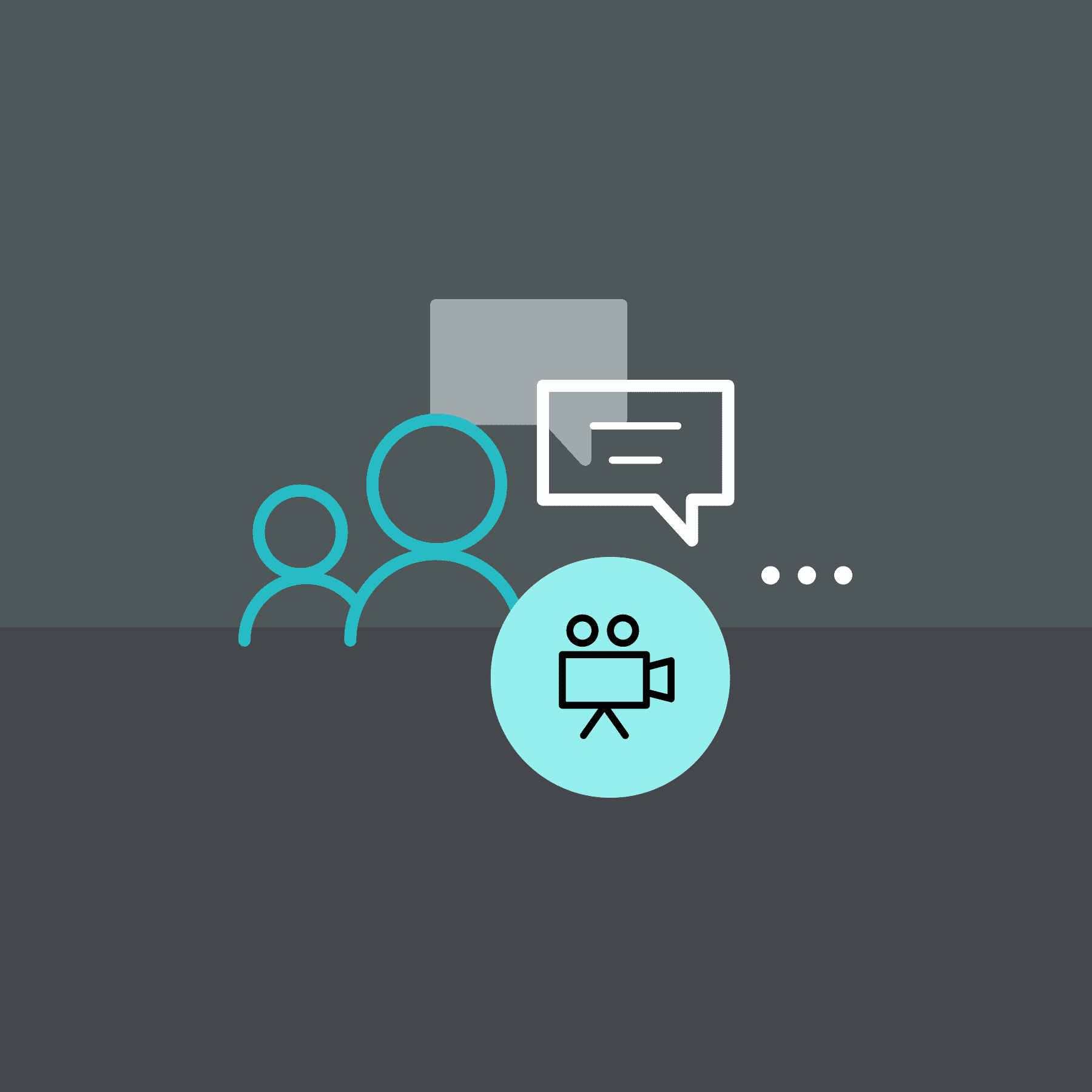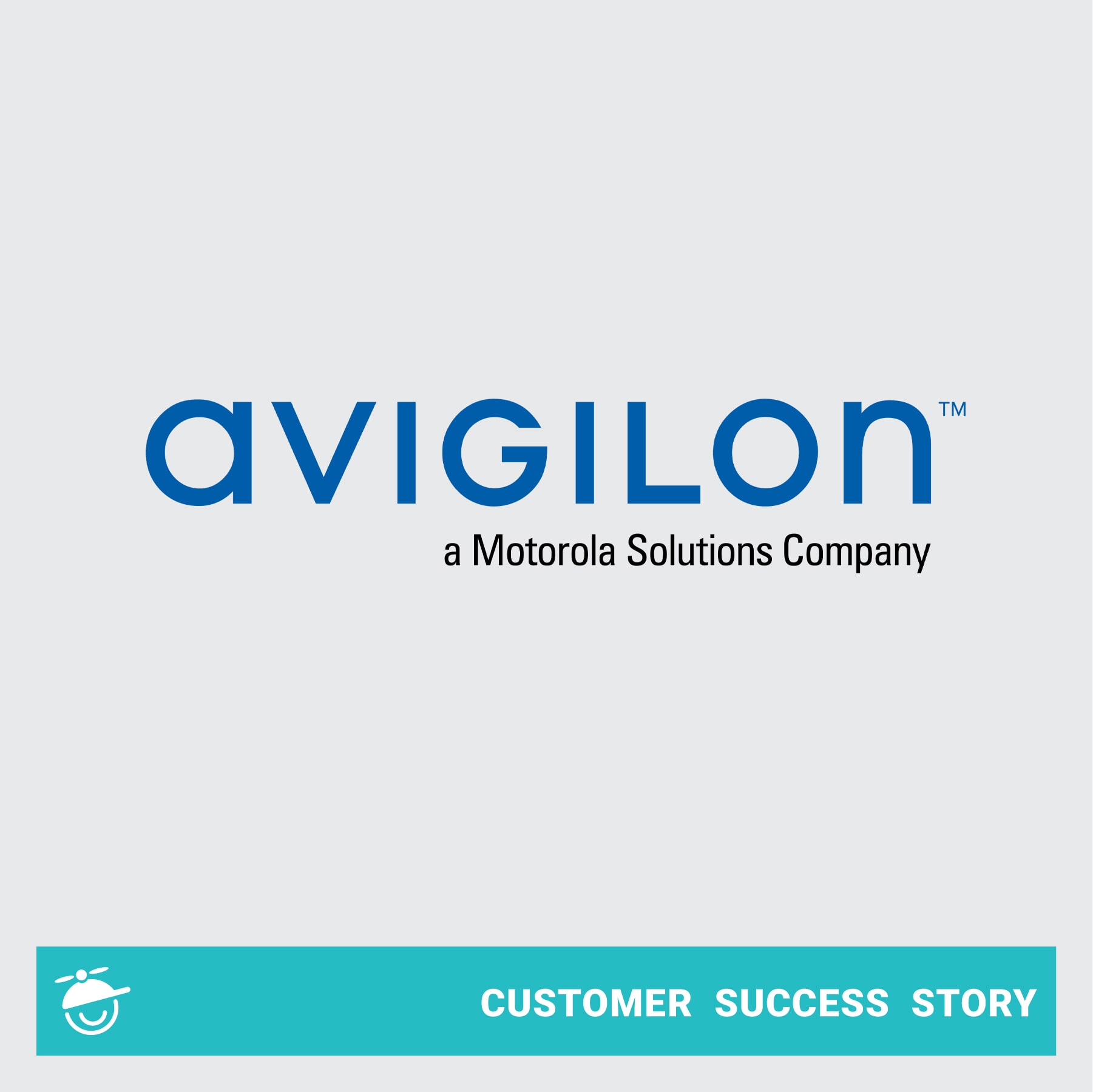Hennah Rahman owns Bay Area Technical Writing Consulting and has extensive experience in life sciences, network management, and cloud computing. She has her MadCap Advanced Developer Certification and specializes in content architecture design and strategy for clients worldwide. Other services include technical writing, CSS and project template design, and Word to MadCap Flare migration.
As a MadCap Flare consultant working for MadSkills, I have had the opportunity to work with Nestlé for a little over two years and implement different collaborative documentation tools for the company. In this time, I have worked on many Microsoft Word to MadCap Flare content migrations. As these requests have increased in volume, the team has recognized the need to change our content development process so that we can be more efficient and achieve our business goals.
Interested in trying out the best technical documentation tool for your content needs? Start your technical writing software trial with MadCap Flare today and experience its powerful features for streamlining your documentation workflow.
As teams develop processes, we look at many factors and limitations to come up with the best content development process we can at a given time. Over time, circumstances can change, and we find ourselves in situations where the process is no longer working, or we realize that we can and should improve or change the process to make better content for our audiences.
This mindset led to one of our initiatives at Nestlé this year. This initiative aims to improve the quality of our Learning Center content and our content development process, giving our subject matter experts (SMEs) an easier way to update content and giving our technical writing software, MadCap Flare designers, and authors more time to dedicate to new projects rather than spending the majority of our time on content maintenance.
Introduction to Content Development
We started by looking at what was working and what wasn’t working in our content development process, including micro content creation, and leveraging learning and content development tools to enhance training and development efficiency.
How Content Marketing and Development Works Today
Before improving your content development process, it’s essential to understand how it currently functions in facilitating structured content creation and editing. A well-defined content marketing workflow can help streamline production, ensure consistency, and align with business goals and objectives. A structured content development plan is essential to streamline the writing and review process, helping teams align their content goals with audience expectations and marketing strategies. However, inefficiencies can slow progress, making it harder to meet goals and effectively engage your audience.
Step 1: Content Requests & Topic Submission
Currently, content requests from subject matter experts (SMEs) often come through:
- Emails with scattered feedback
- Microsoft Word files shared via SharePoint
- Verbal discussions in meetings
While these methods may work, they lack structured tracking, often leading to lost requests, duplicate work, or delays in prioritization.
Step 2: Content Creation & Edits
Once a request is received, the content development team starts to create or update content. This involves:
- Writing or revising content based on SME input
- Incorporating edits received via email or Word documents
However, incomplete information or repeated clarification requests often cause bottlenecks, delaying progress.
Step 3: Content Review & Approval
The review process typically follows this cycle:
- SMEs review drafts and submit edits via email or document comments
- Review SME feedback from collaborators
- Authors incorporate changes and send content back and forth for approval
- Multiple versions exist simultaneously, leading to confusion
This method is time-consuming and lacks a centralized tracking system for managing revisions efficiently.
Step 4: Publishing & Distribution
- After approval, the content is:
- Uploaded to the Learning Center
- Published in the platform
- Distributed via internal and external channels
Leveraging a content delivery platform helps ensure that newly created materials reach the right audience through the appropriate channels efficiently and accurately. Despite these efforts, manual oversight is often required to ensure accuracy, impacting efficiency and resource allocation.
Identifying Successes and Challenges in Our Content Development Process
In our current workflow, SMEs would share Microsoft Word files via email or Microsoft SharePoint for new topics to be added or updated. At times, the SMEs would send these updates in an email with an explanation and images showing what should be updated or added. Although this process was working, SMEs were directly contacting individual Learning Center team members rather than the Project Manager, so there was limited visibility to time being spent on these tasks. As you know, email can sometimes become a bottomless pit so requests were missed occasionally!
In addition to Microsoft Word being used for updates to learning or e-learning content, some SMEs were also using MadCap Contributor. This workflow involved SMEs emailing the Learning Center team members to request the MadCap Contributor packages so they could make updates. This content marketing approach was helpful since the changes are obvious when the MadCap Contributor package was returned to the Flare author. However, there was a learning curve for the subject matter expert to use a new tool for editing. In addition, in some cases when importing the MadCap Contributor package back into Flare, we ended up overwriting images because the same file names were used. Needless to say, after having that happen, we decided it was not worth the risk.
We were also using MadCap Central, but very sparingly. The lightweight editor, although much easier to learn for content review and contribution, didn’t display all of our Flare styles and at the time, not being able to add images or tables in the review editor was very limiting during the content creation process.
Acrolinx was the other tool that was a part of our learning content development process but was not being used as extensively as we would have liked. Acrolinx in Microsoft Word worked but sometimes making recommended updates changed the meaning of the content or were not applicable due to the type of information being documented. This led to frustrated SMEs who eventually stopped using Acrolinx because they felt that the Acrolinx scores were not improving and the suggestions were not helpful. Acrolinx for Microsoft SharePoint was used very little and from our experience, there were issues with the Acrolinx plug-in for MadCap Flare and Contributor. Acrolinx stopped support for Contributor after version 1.2, and does not plan to add support for Contributor in the future, but still supports Flare.
To understand what was and wasn’t working for our SME’s and Learning Center team, we conducted surveys to get an understanding of where to make the changes to improve the way that we were learning how to write technical documentation and developing content. That data is shared below.
Lessons Learned: Streamlining Our Content Development Strategy
Based on feedback from our subject matter expert reviewers, it was clear that MadCap Contributor should be removed from our content development process to improve our content strategy. That left us two options: MadCap Central and Microsoft Word. The Learning Center team discussed each of these options and decided that we would put forth the initial time and effort required to make MadCap Central a more robust review option. We would use Microsoft Word as needed but would encourage our SMEs to use the MadCap Central approach because it would take less time to complete updates and therefore, be more cost-effective. We decided to simplify our CSS styles where possible to use fewer divs that could potentially also help with our Word content imports. By optimizing our content development workflow, we can create a more scalable process that supports our long-term content strategy and helps ensure consistency across all published materials.
Next Steps: Simplifying Our Workflow
In the coming weeks, the Learning Center team is reviewing how our current topic page templates are displayed in MadCap Central. We plan to change existing styles or create new CSS styles in Flare so that the styling appears correctly in MadCap Central and is simplified. The goal is to streamline content development so the simplified styles will make content updates easier and more manageable for our SMEs and reduce cleanup for the Learning Center team. The addition of table and image support in the latest release of MadCap Central was a huge bonus for us. We will need to upgrade to Flare 2024 to take advantage of the support for images in MadCap Central, but we feel that this feature is worth it. We can’t wait to use this much awaited feature and simplify our workflow even more!
Read More: What Is Topic-Based Authoring?
In parallel, the Learning Center team is working with the SMEs to define Acrolinx profiles customized to each Learning Center based on the type of content they produce. This process should help the SMEs be more engaged and see the value in running Acrolinx and making the recommended changes. To enable Acrolinx reviews for the MadCap Central topics, we plan to request all our SMEs to install the Acrolinx Chrome Extension plug-in.
In addition, the Learning Center team is researching different tools to automate the topic update request and new topic request process. This approach will allow us to track content update requests and time spent on these requests. Ideally, this will also simplify the process for our SMEs so they can quickly and easily request pages to be updated in MadCap Central content management platform.
As we define, test and finalize each of these aspects of our new content development process, we plan to document these processes and share them with our SMEs. A comprehensive content development plan will help guide our transition to MadCap Central while ensuring that our content creation, review, and distribution processes remain efficient and aligned with our marketing goals.
Conclusion
In conclusion, we found reviewing our content development process to be a worthwhile effort and look forward to seeing how these improvements will increase our content quality for learners, boost our productivity and decrease our project costs.










